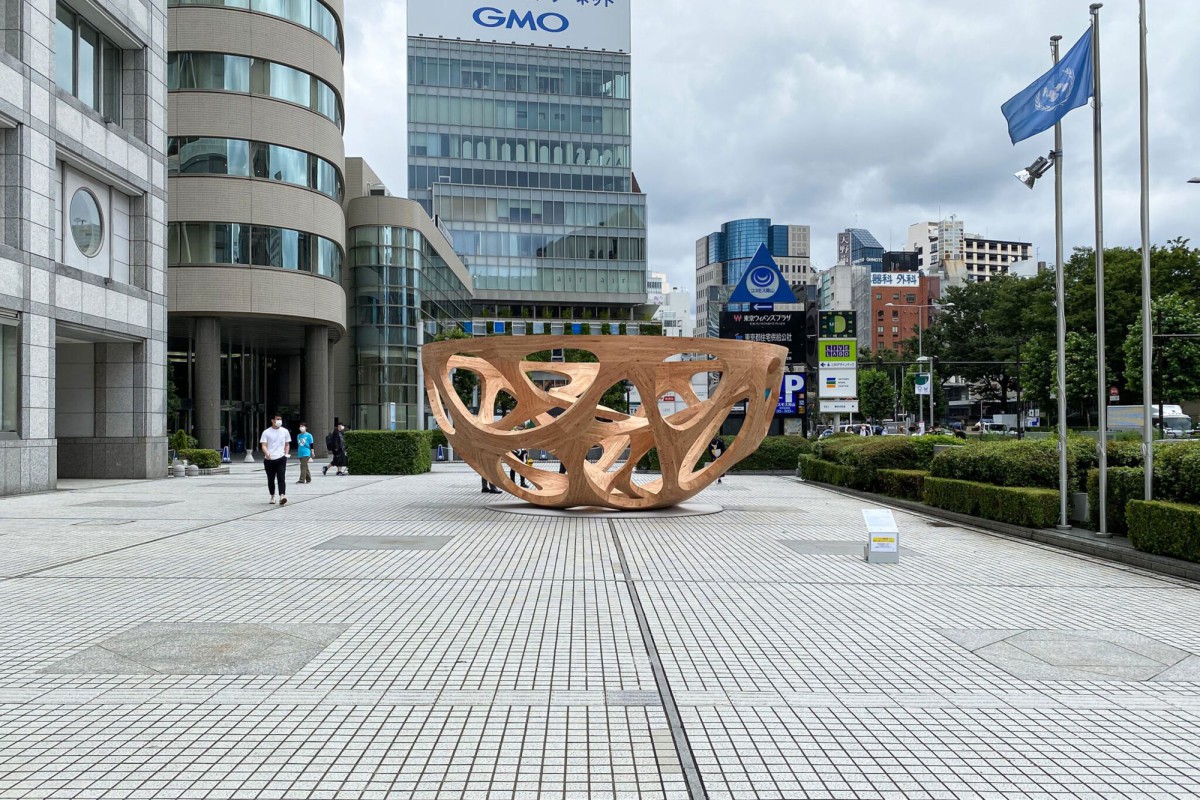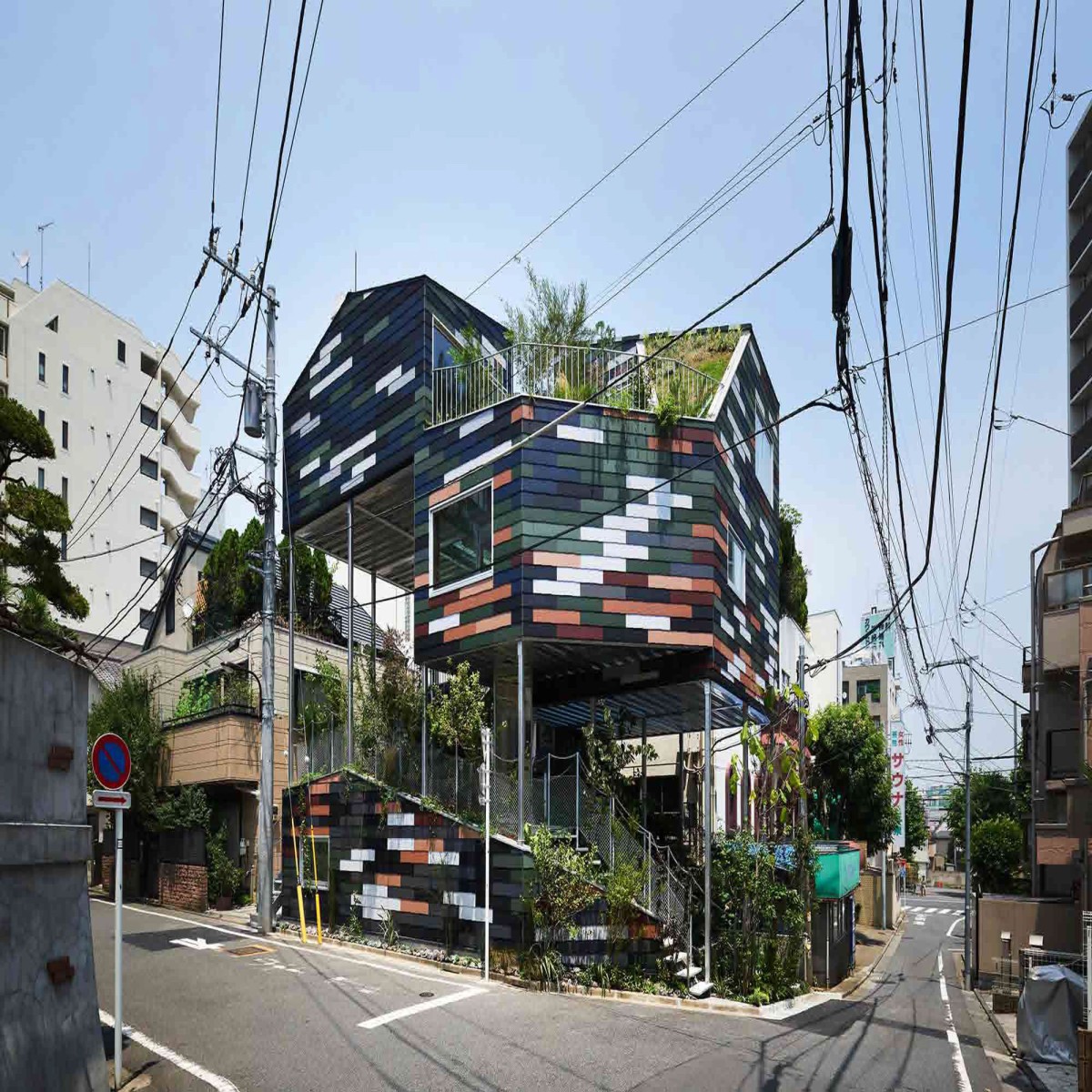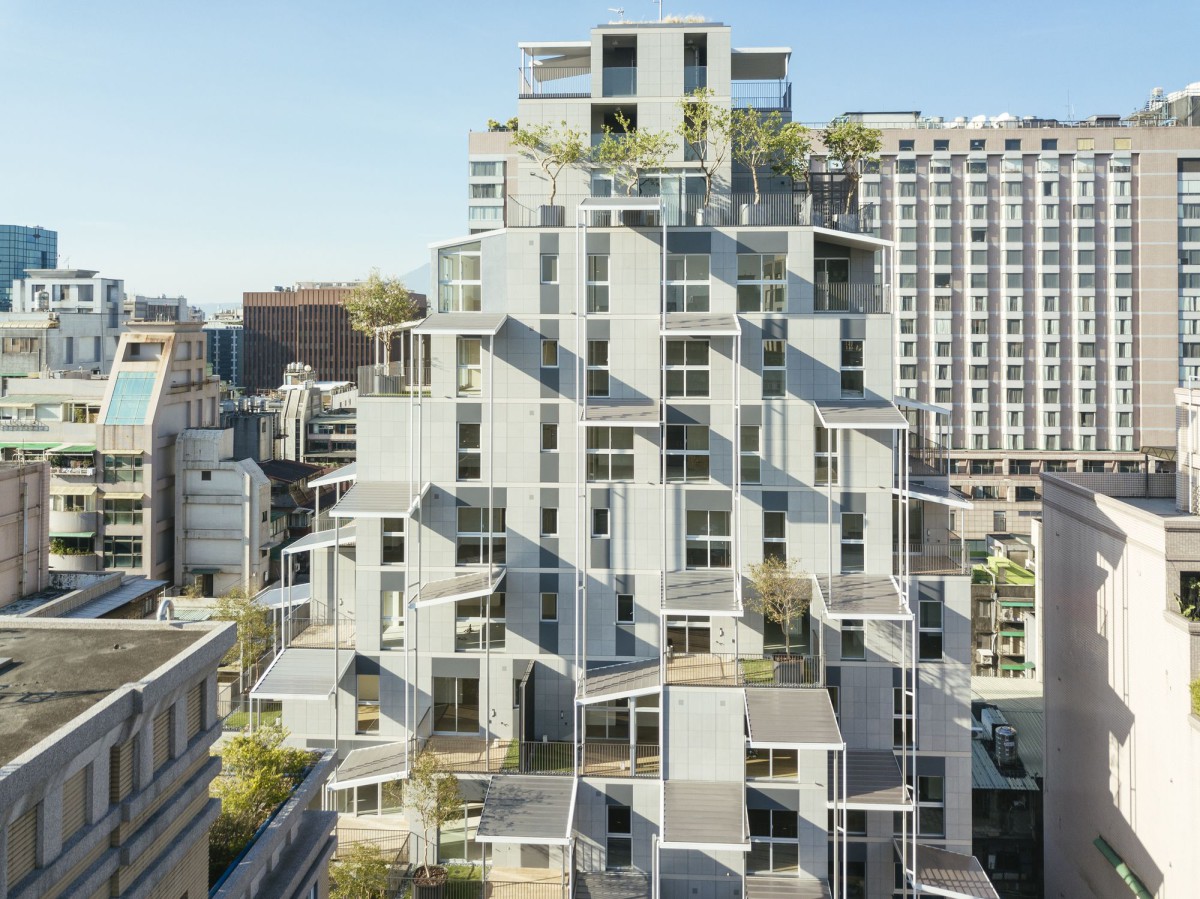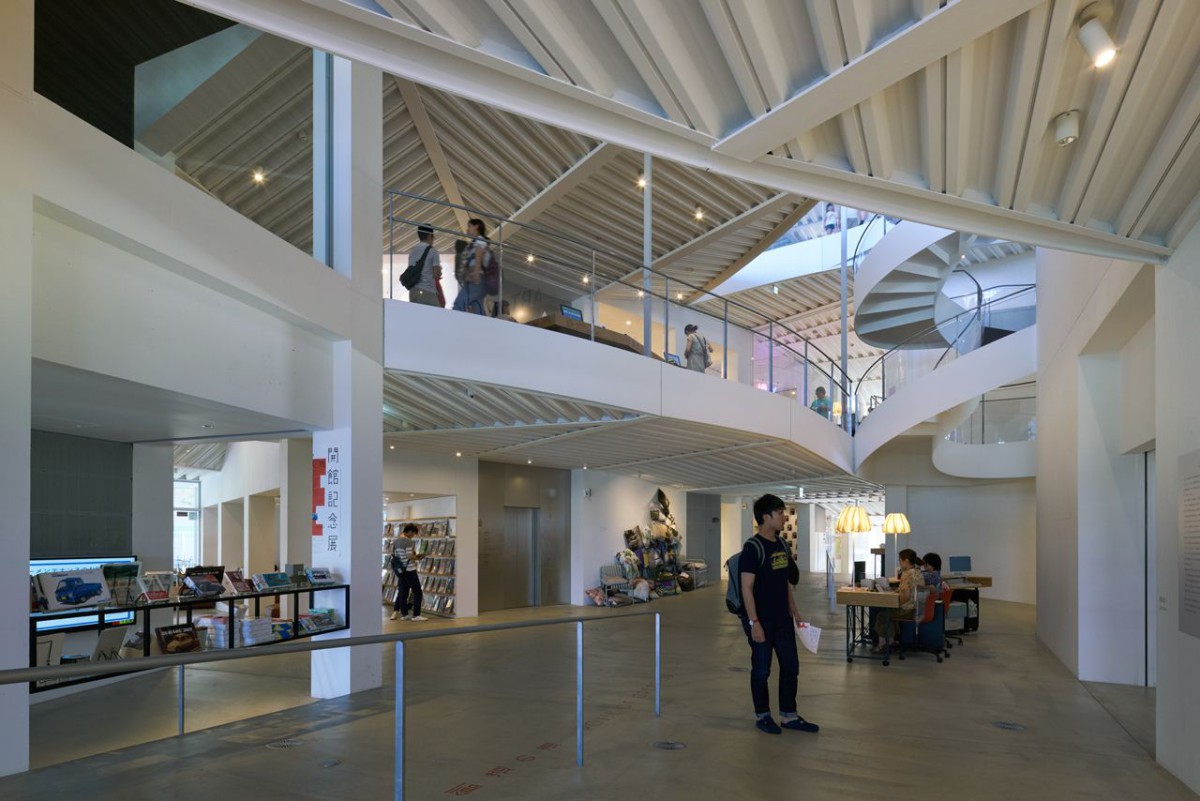
Akihisa Hirata Architecture Office . photos: © Shinya Kigure
The purpose of this building is to create a unique space that goes beyond being just an apartment complex and a store. Named “Plaza Q” it was envisioned to revitalize the city of Maebashi by transforming a former parking lot into a community hub. The design draws inspiration from the circular villages of the Jōmon period, aiming to integrate living spaces and create a welcoming plaza open to all. Continue reading Akihisa Hirata





